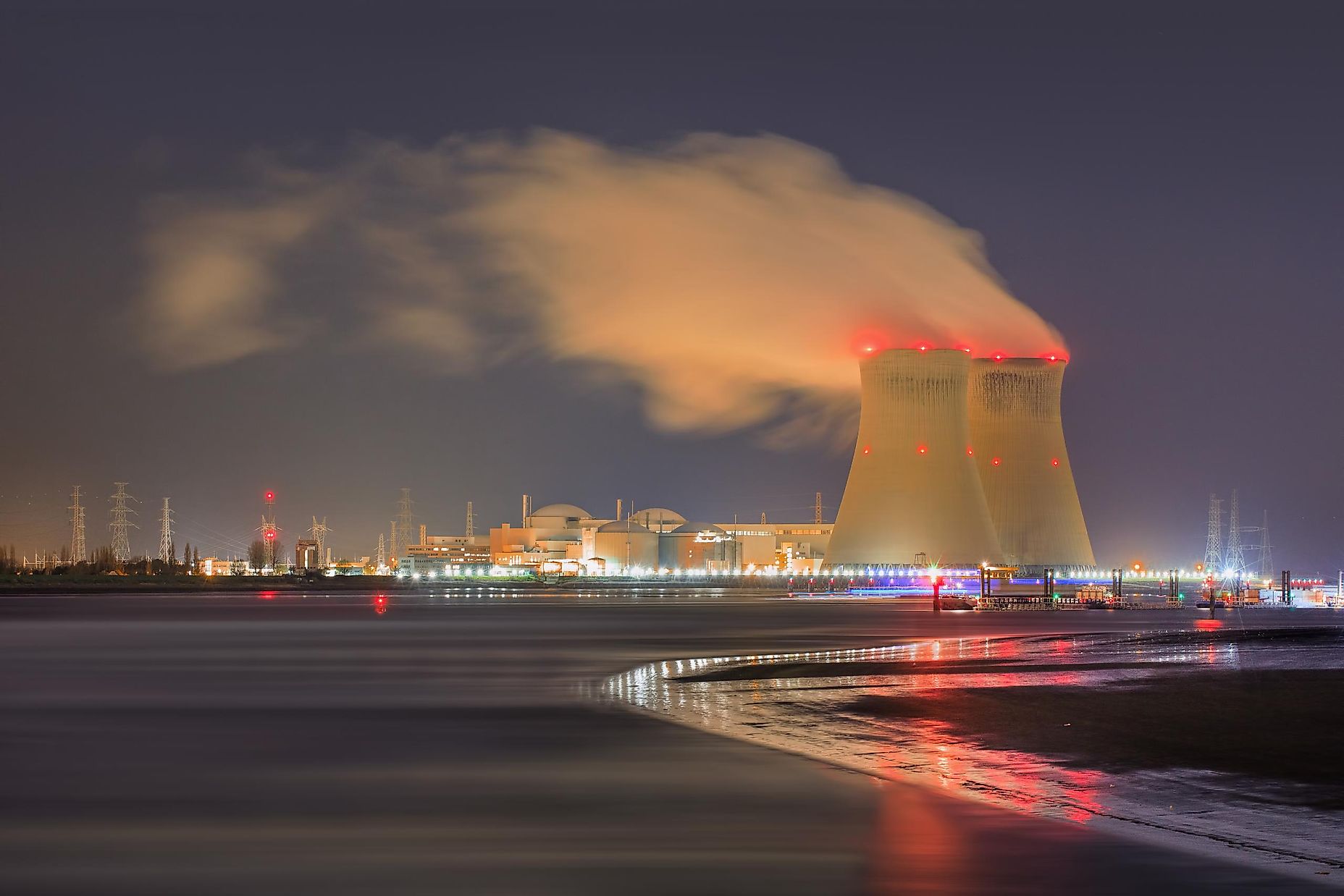
SMRs may also have applications in the production of heat and electricity at both on- and off-grid industrial sites, and to help off-grid northern and remote communities reduce their reliance on diesel. Although not yet commercially proven in Canada, they may have future applications as a replacement to fossil fuel power plants or as load-following units equipped with systems for storing excess electricity to complement larger shares of variable renewables.

Small modular reactors (SMRs) are nuclear reactors that operate at a smaller scale than current nuclear power plants. Canada is also a leader in nuclear R&D for areas such as nuclear medicine, pharmacology, environmental protection and wastewater treatment, among others. Nuclear energy research is focused on supporting existing reactor technologies as well as next-generation nuclear energy systems. Canadian nuclear research and developmentĬanada has nuclear research and development capabilities that are supported by academic research centres, the private sector and government laboratories-including Chalk River Laboratories, Canada's largest science and technology complex. purchases from foreign suppliers surpassed the value of spot contracts in 2009, and reached a peak of $57 in 2011, before declining to $36 in 2019. The average spot contract uranium price increased to a peak of $88 per pound U3O8 equivalent in 2007, then started a general decline to $28 in 2019. This line chart shows the weighted-average price of uranium purchased from foreign suppliers and spot contracts (U3O8) price in U.S. nuclear reactor purchased 21% of uranium from Canada, which made Canada the largest foreign supplier of uranium to the U.S. Uranium from Canadian mines is generally sold in North America/Latin America (41%), Asia (42%) and Europe (16%). In the short term, spot prices do not have a significant impact on the annual value of Canada's uranium production. The majority of Canadian uranium production is sold via long-term contract, as opposed to the spot market. Nuclear power plants in Canada, location and capacity, 2016 Facility The Bruce generating station is the largest operating nuclear power plant in the world.

There are 6 nuclear power stations in Canada, which have a combined capacity of 14,071 megawatts. Gross capacity of nuclear power plants in Canada nuclear reactors came from Canada, making Canada the largest foreign supplier of uranium to the U.S.ĭomestic use in Canada's CANDU reactors in Ontario and New Brunswick was approximately 25% of production in 2018. In 2019, 21% of uranium purchased by U.S. Based on long-term contracts (whose values can vary based on changes in regional demand), uranium from Canadian mines is generally sold in Asia (42%), North America/Latin America (33%) and Europe (25%). Production in 2016 was 14,022 tU, before decreasing to 7,001 tU in 2018 when production was suspended at McArthur River mine and Key Lake mill.įurther refining and conversion of uranium occurs in Ontario to produce uranium hexafluoride and uranium dioxide.Īpproximately 75% of Canada's uranium production is exported.

Since 2014, increased output from the Cigar Lake mine has resulted in record uranium production for Canada. Production from 2007 to 2014 was fairly stable, averaging approximately 9,380 tU per year. This bar graph shows Canada's annual mine production of uranium from 2007 to 2018. There is a strong nuclear science and technology presence across Canada, including the production of isotopes for medical and industrial applications. Uranium mining, refining and fuel fabrication steps are completed in Saskatchewan and Ontario. Nuclear power stations operate in Ontario and New Brunswick. Nuclear energy is a major part of the Canadian landscape from coast to coast. World known recoverable resources World known recoverable resources–6.1 million tonnes (2017) Rankįind out how Canada's nuclear power ranks on an international scale: World generation–2,586 terawatt hours, 2019 Rank World exports World exports–44.4 kilotonnes, 2018 Rank
:max_bytes(150000):strip_icc()/GettyImages-103311355-490ad3ba66d44d40b738a0e7d468ac8a.jpg)
World production World production–53.7 kilotonnes, 2019 Rank


 0 kommentar(er)
0 kommentar(er)
